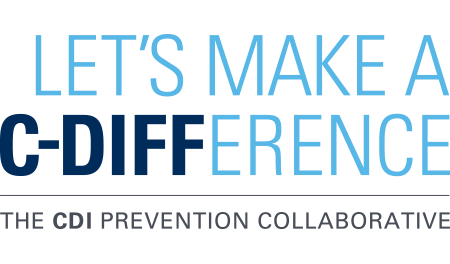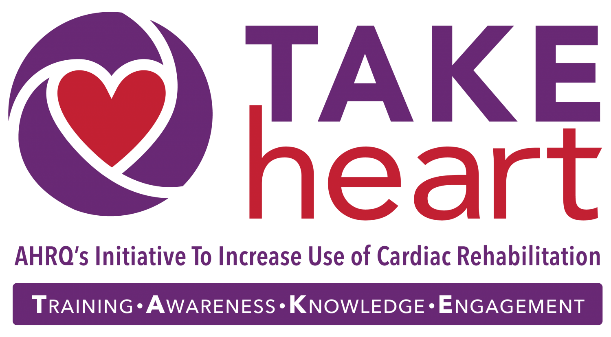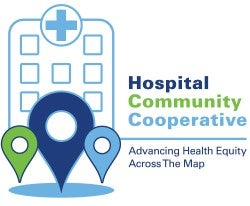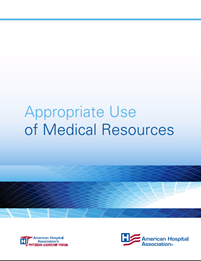Advancing Clinical Care
The hospital and health system field has made bold changes to improve care quality and safety over the past decade, and patients are reporting more and more favorable hospital experiences.
However, while we have made considerable progress, more work needs to be done. That’s why hospitals and health systems are working hard to: further reduce infections, including sepsis; improve communication among providers and between the patient and caregivers; reduce the use of opioids to protect patients from potential addiction; and reduce the use of antibiotics to preserve their effectiveness against deadly diseases. In addition, the AHA and the hospital field are redoubling efforts to make sure women have safe pregnancies, from the first days of pregnancy through the postpartum period. Finally, we recognize that equity is a key component of high-quality health care. We are working to ensure that disparities in health care quality and access are eliminated.
The AHA continues to actively work with the field and other stakeholders to disseminate best practices and share strategies through a variety of AHA platforms, many of which are outlined below. As the health care system continues to transform, one thing remains constant for America’s hospitals and health systems: We are committed to providing patients with high-quality, equitable, safe and person-centered care.
Hospitals have been successfully driving down the rate of hospital-acquired conditions. Hospitals reduced hospital-acquired conditions (e.g., safety events like falls, pressure ulcers and adverse drug events) by 13% from 2014 – 2017, preventing more than 20,000 deaths and saving $7.7 billion. This trend is consistent with previous data showing a 17% decline from 2010 through 2014.
AHA’s HRET Hospital Improvement Innovation Network (HIIN) 2.0 is a two-year contract awarded by the Centers for Medicare & Medicaid Services to continue efforts to reduce all-cause inpatient harm by 20% and readmissions by 12% by 2019. AHA’s Hospital Improvement Innovation Network is working to improve quality of care and reduce patient incidents and readmissions.
There are more than 46 million Americans age 65 and over, and that number is projected to double to more than 98 million by 2060.
Age-Friendly Health Systems is an initiative of The John A. Hartford Foundation and the Institute for Healthcare Improvement (IHI) in partnership with the American Hospital Association and the Catholic Health Association of the United States (CHA). The goal of the initiative is to rapidly spread the 4Ms Framework to 20 percent of US hospitals and medical practices by 2020.
According to HRSA, since 1987 the rate of pregnancy-related deaths in the U.S. has more than doubled.
Better Health for Mothers and Babies is a high priority for AHA and its member hospitals and health systems. As part of that commitment, AHA has long partnered with national organizations as an active member in the Alliance for Innovation on Maternal Health (AIM). Together we are working to safeguard mothers and babies by reducing maternal morbidity. Better Health for Mothers and Babies is the umbrella under which this work is happening. To date, the field’s collective efforts have largely focused on in-hospital maternal morbidity; that work is foundational and recent data shows that the morbidity and mortality is declining in some regions of the country.
Palliative care reduces symptom distress by 66% with improvements lasting months after initial consultation.
CAPC Serious Illness Partnership between the AHA and the Center to Advance Palliative Care (CAPC) is asking hospital and health system leaders to re-examine their approach to palliative care, identify patients needing additional support and build a care plan centered on the whole patient, both clinical and emotional needs.
250,000 cases of C. diff infection have occurred in the U.S.
C. diff is a paramount concern for hospitals and health systems. The AHA Center for Health Innovation and the Centers for Disease Control and Prevention are inviting prequalified hospitals and health systems to participate in a new CDI prevention program starting fall 2019. It will take new ideas and greater exploration as part of this collaborative to make a significant difference.
Patients who participate in cardiac rehabilitation attain:
- 20% reduction in cardiovascular morbidity and mortality;
- 28% lower risk for hospital admission;
- 25% lower rate of readmission; and
- improved quality of life.
TAKEheart is an Agency for Healthcare Research and Quality (AHRQ) initiative designed to assist hospitals and health systems in increasing cardiac rehabilitation referrals, enrollment and retention. This national initiative will support hospitals in implementing automatic referral processes with care coordination to improve their rates of referral to cardiac rehabilitation to drive better outcomes for patients. The AHA Center for Health Innovation is inviting hospitals and health systems to participate in AHRQ’s initiative to increase use of cardiac rehabilitation.
Teams that communicate effectively and have mutual support reduce the potential for error, resulting in enhanced patient safety and improved clinical performance.
AHA Team Training strives to make teams of experts into expert teams. Using a variety of approaches, we support change initiatives to help educate, convene and shape health care organizations to provide safer team-based care.
"Studies reveal that ZIP code—even more than genetic code—is a strong predictor of health, well-being and lifespan. This means that for many communities, a small distance can add up to large disparities in health. It’s time to close this divide.”
— Jay Bhatt, AHA Chief Medical Officer and Senior Vice President
The Hospital Community Cooperative (HCC) aims to make it easier for hospitals and community organizations to develop and lead grassroots interventions that promote health equity. It involves local people working together to transform the conditions and outcomes that matter to their community.
Over the past two decades, and in the past five years in particular, there has been national discussion concerning the increased cost of health care.
The AHA white paper, Appropriate Use of Medical Resources, examines the drivers of health care costs and contributing factors. We identify a “top five” list of hospital-based procedures or interventions for which the hospital and the medical staff should craft policies and establish procedures intended to ensure appropriate use of services. These include:
- Patient Blood Management
- Antimicrobial Stewardship
- Ambulatory Care Sensitive Conditions
- Elective Percutaneous Coronary Intervention
- Aligning Treatment with Patient Priorities in the Context of Progressive Disease for Use of the ICU
According to the Centers for Disease Control and Prevention, more than 33,000 people died from an opioid-related overdose in 2015. That’s more than 90 people a day or approximately four people each hour.
The Stem the Tide: Addressing the Opioid Epidemic toolkit, released by the AHA, provides guidance and information to hospitals and health systems on how they can partner with patients, clinicians and communities to address the opioid epidemic. Developed with input from a multidisciplinary team of front-line clinicians and subject matter experts, the toolkit includes links to guidelines, training, webinars, reports and other resources.
This toolkit includes resources for hospitals and health systems to share with clinicians and patients and to use to enhance partnerships within their communities. The information is categorized into eight topic areas:















